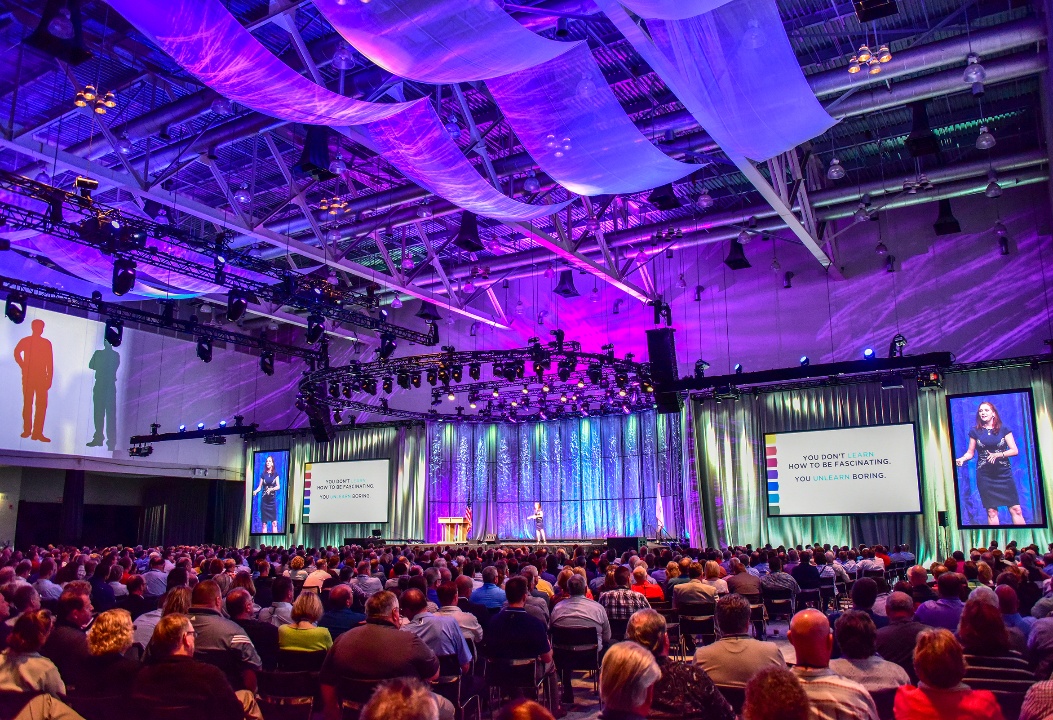Perfecting the Art of Flawless Film Mapping on Curved Monitor for Breathtaking Visual Experiences
Perfecting the Art of Flawless Film Mapping on Curved Monitor for Breathtaking Visual Experiences
Blog Article
Film projection is an innovative technology that enables images and videos to be projected onto areas, creating stunning visual encounters. When it comes to curved surfaces, perfecting this craft can be a bit more challenging than projecting onto level planes. Curved surfaces can include various elements from the sides of structures to art pieces and even platforms. Grasping how to effectively map footage onto these shapes is essential for creators, design professionals, and event planners who want to create engaging environments that enthrall viewers.
The first step in footage projection on curved surfaces is to comprehend the shape of the surface. Curved areas can be intricate, with varying degrees of curvature. To attain a seamless display, it is important to build a 3D model of the area. This representation helps in imagining how the video will look when projected. Applications tools are accessible that permit users to create these models and mimic the display. By accurately aligning the measurements and contours of the surface, creators can ensure that the footage matches perfectly without distortion.
Once the 3D representation is prepared, the following step is to edit the video material. This involves modifying the video to fit the specific form and dimensions of the rounded surface. It is crucial to consider the angles and sightlines from which the viewers will observe the projection. The content should be crafted to enhance the aesthetic encounter, making it engaging and relevant to the concept of the go to the website occasion or setup. Using high-quality visuals and animations can significantly enhance the overall impact of the projection.
After editing the material, the actual projection process starts. This involves setting up the projectors at the correct angles and distances to ensure that the footage matches with the 3D model. Calibration is a key part of this procedure. It may require adjusting the luminosity, differentiation, and focus of the projectors to obtain the optimal results. Additionally, using multiple devices may be required to cover larger or more intricate surfaces. This technique, known as seamless projection, helps form a seamless visual across the entire surface.
Finally, testing the display is crucial before the final show. This enables creators to make any required modifications to the video and device configurations. It is also an opportunity to see how the audience will perceive the projection from different perspectives. By ensuring that the video projection is flawless, creators can provide a remarkable visual encounter that leaves a memorable impact. Mastering footage mapping on rounded surfaces not only improves creative expression but also creates new possibilities for storytelling and viewer interaction in various environments.